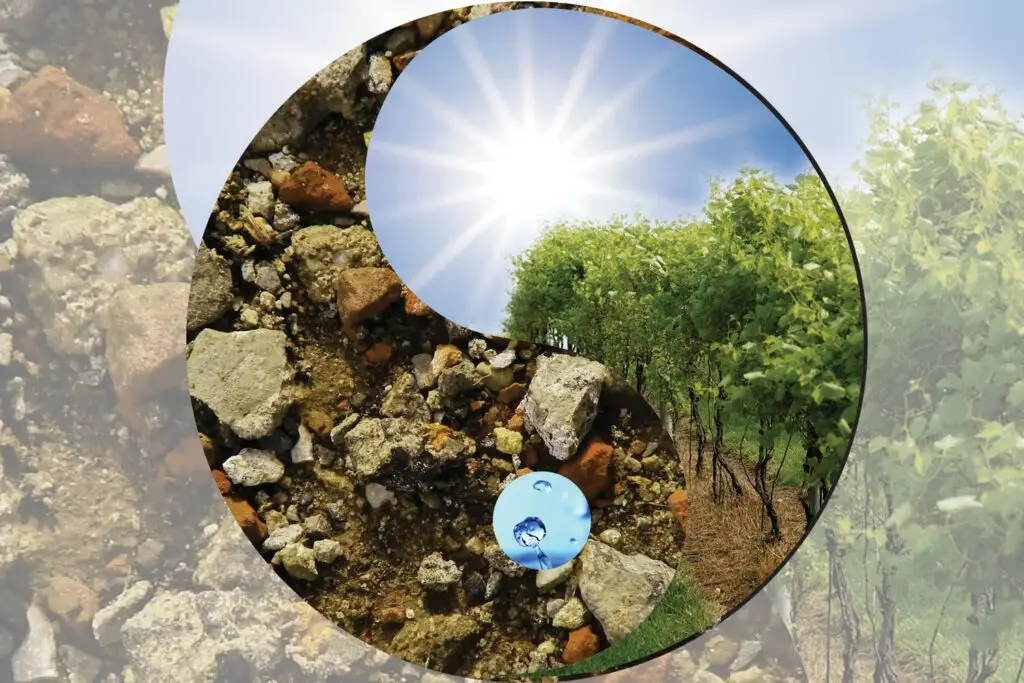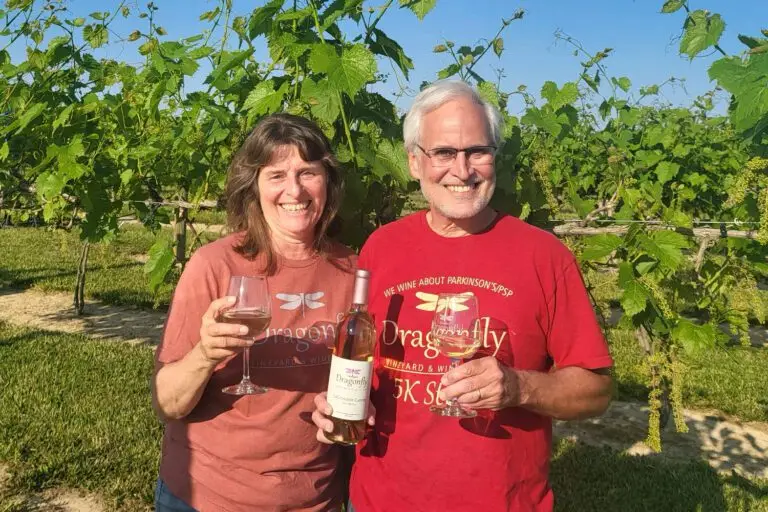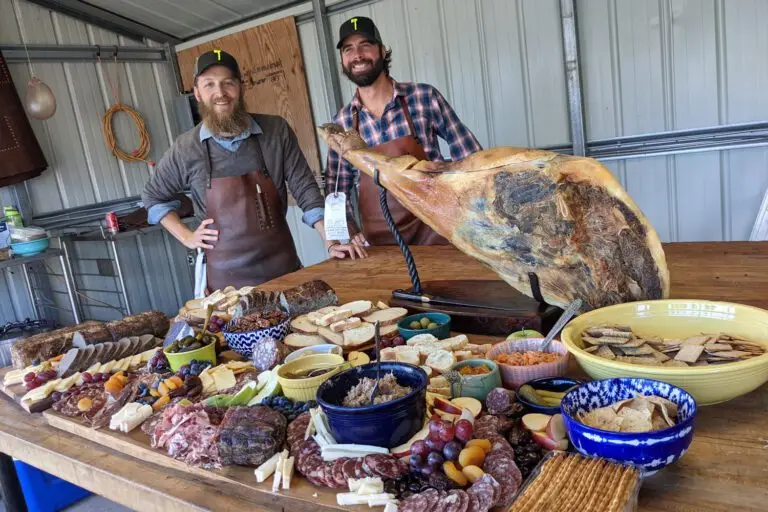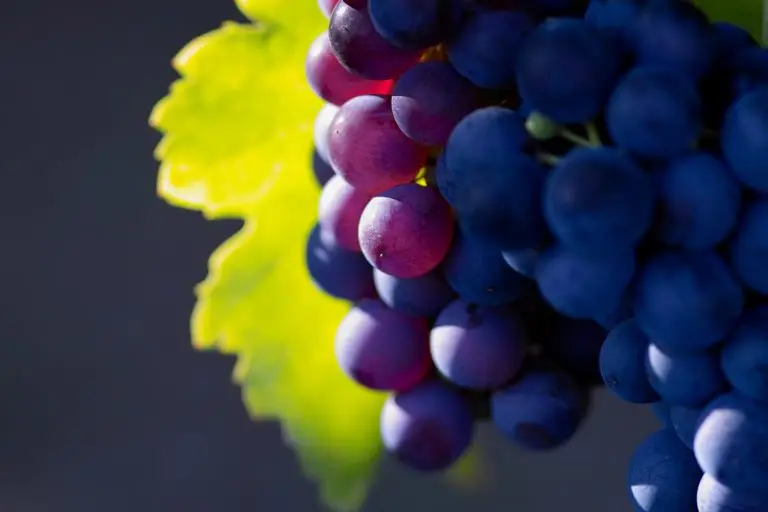by Gary Twining
Which factor most influences the production of great wine? Is it the soil? The vines? The climate? The debate continues eternally among wine aficionados.
Soil, not climate, was thought by many Europeans to be the most important factor in growing quality wine grapes. European climates generally affect larger geographic areas more evenly than do typical North American climates, so it was the soil that became a very distinct consideration in European vineyard plantings, and in the organization and hierarchy of European vineyard sites.
But grapevines grow successfully in a large and diverse variety of soils; in sand, in clay, and in schist, whether loose or compacted, and on hillsides with very little soil.
One of the primary challenges with soil in any climate is fertility, which results in part, from organic composition, pH and moisture content, and can be moderated to facilitate shoot growth. Excessive moisture can be detrimental to the quality of the fruit and the yield. This is especially true in Ohio, which enjoys ample rainfall, but where water-retaining clay soils are common. Vineyards routinely install tiles that draw excess water off clay soils, to maximize crop yields.
While some aspects of soil can be detected in wine and can affect wine quality, soil most profoundly impacts vine vigor.
Vines play a role in wine quality but are largely dependent on good soil and favorable climate conditions to thrive. Ohio’s continental climate – which is characterized by marked seasonal temperature changes that occur throughout the growing season – can’t support vitis vinifera vines which are intolerant of extreme-cold. Native labrusca varietals and cold-tolerant hybrids grow well in Ohio.
To ripen properly, quality wine grapes generally require about 180 days of sunlight during an average growing season. Grape growers prune leaves and use vineyard trellis systems to support and direct or divide the vine canopy to maximize sun exposure and optimize vine vigor and fruit production.
Climate is one of the most important factors in the success of all agricultural systems. A vineyard can be planted with the perfect soil and the perfect vines, but without favorable climate conditions, the fruit will not grow or ripen. Factors like wind, water, slope, sun angle and altitude can moderate challenging climate conditions.
An American Viticultural Area (AVA), like the Lake Erie Appellation, is a grape-growing region with specific geographic and climate characteristics that affect grape growth.
Extremely cold/freezing winter temperatures – and indeed, the damaging 2014 and 2015 polar vortices – are characteristic of Ohio’s Lake Erie Appellation. In winter, blankets of snow insulate the vines, and growers routinely hill soil around the bases of scions to minimize freeze damage.
Lake Erie Appellation winds can dry vines, mitigating fungus and pest infestation, and in high heat conditions, can cool vines, reducing water stress and optimizing photosynthesis. Conversely, warm winds can warm vineyards when continental temperatures seasonally drop.
Lake Erie itself, and Ohio’s large inland lakes and rivers, are climate influencers in the State. These bodies of water retain heat which delays bud break and damage to tender buds in the spring the extends the continental growing season in the fall.
Peter Sichel, a world-renowned wine producer and creator of the Blue Nun wine brand said, “wine gets its character from climate, its personality from vintage and its quality from man.” Soil and vine were not acknowledged in Sichel’s great wine equation. The debate continues.





